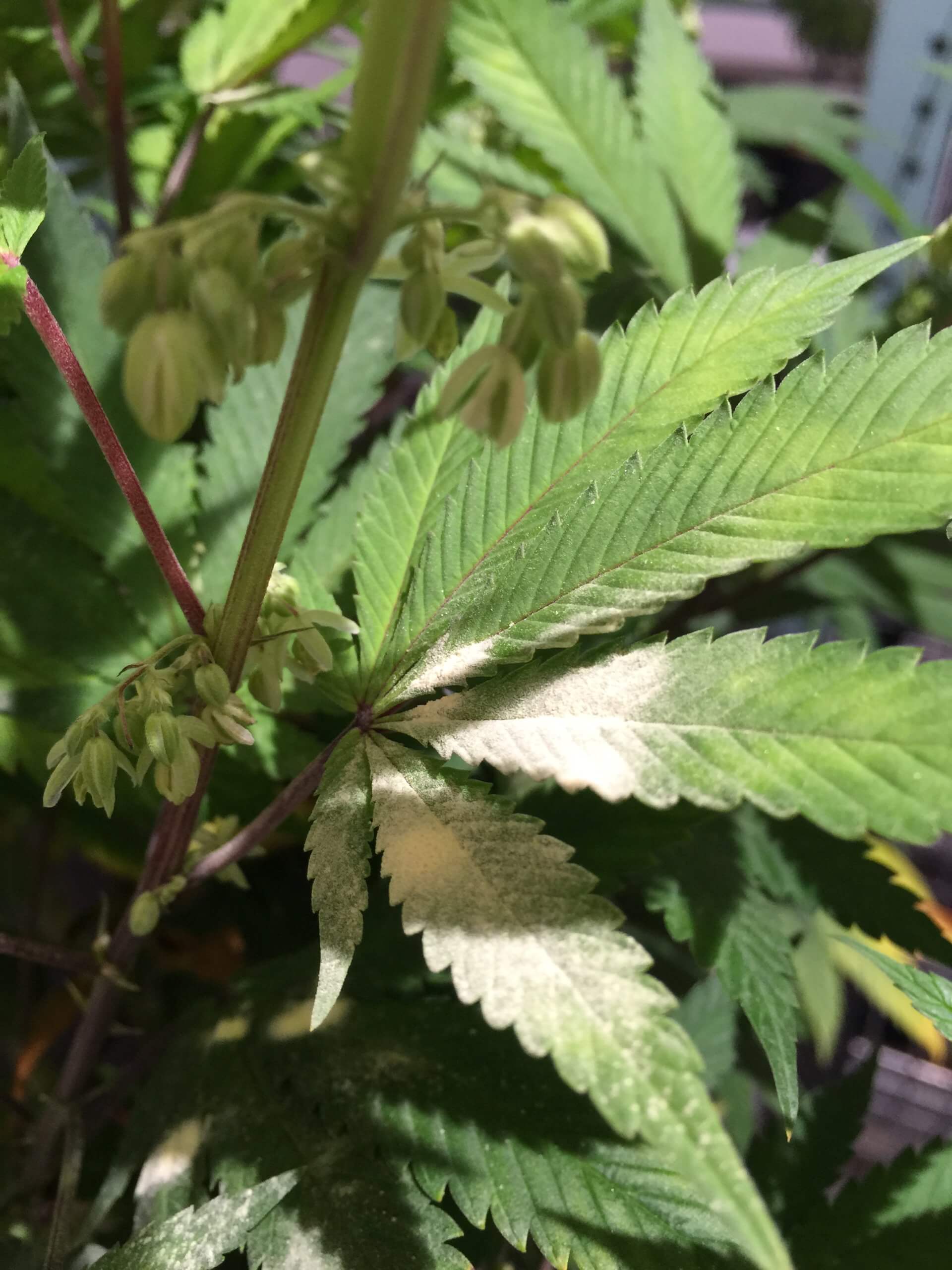August 04, 2022
Boulder, Colorado - August 04, 2022 - PRESSADVANTAGE -
Boulder, Colorado - Surna Cultivation Technologies, a cutting-edge company in indoor agriculture and cannabis cultivation, has released new information about how to tell mold apart from trichomes.
When it comes to cannabis, there are two things that people often mistake for one another: mold and trichomes. Both can appear as white or black spots on the plant, and both can significantly impact the quality of the crop. However, there are some key differences between the two.

According to Surna, "Mold is a type of fungus that can grow on various surfaces, including cannabis. While most mold spores are harmless to humans, some molds produce carcinogenic mycotoxins. And any mold that grows on your plants can diminish bud quality or cause them to fail quality and safety testing altogether."
Some of the potential negative health effects of ingesting mold-infected cannabis include headaches, nausea, vomiting, and diarrhea. In severe cases, mold-infected cannabis can cause memory lapses. Mold spores can also cause allergic reactions in some people, resulting in symptoms such as congestion, coughing, and shortness of breath.
The two types of mold are common with cannabis plants: powdery mildew and botrytis.
Powdery mildew is a white or gray powdery substance that forms on the leaves of plants. Surna noted, "Cannabis powdery mildew thrives in conditions of excessively high humidity, excessively low humidity, unstable humidity, and insufficient air circulation. It is most commonly found on the leaves of the plant, but can also grow on the buds and stems. Occasionally, powdery mildew may have other signs like dark patches, dense spider webbing, or a slime."
While Botrytis is a fungus that is known to many growers, it is a gray or brownish fungus that forms on the flowers, leaves, and stems of plants. The first indicator of Botrytis infection is a change in the texture and color of the plant. The leaves may become necrotic and dry out quickly, while the stems may turn brown and become fragile and ulcerated.
Both types of mold can cause damage to plants, and both can be difficult to control.
"What are trichomes?" Surna answered. "Trichomes are the tiny, mushroom-like structures on the surface of cannabis flowers that produce cannabinoids and terpenes. Terpenes are how cannabis produces its unique smell. Cannabinoids are the chemicals in cannabis that provide the plant’s therapeutic and psychoactive effects."
Surna concluded, "Trichomes also protect the plant from herbivores, pests, and UV rays. When it comes to cannabinoids, trichomes are where the magic happens. The majority of cannabinoids are produced in trichomes, including THC and CBD."
It can be difficult to identify mold vs. trichomes. Sometimes, they can look similar. However, there are some key differences. For example, Healthy trichomes are glittering, sparkly, tall, and thin resinous glands separated by small spaces. They contain minute hairs that look transparent or milky white with mushroom-like tips. If unsure, it's always best to ask a professional.
Indoor dehumidification and climate controls are some of Surna’s core competencies. To request more information about Surna's dehumidification solutions, visit their website (www.surna.com) and social media platforms.
###
For more information about Surna Cultivation Technologies, contact the company here:
Surna Cultivation Technologies
Jamie English
(303) 993-5271
jamie.english@surna.com
385 S. Pierce Avenue, Ste. C
Louisville, CO 80027